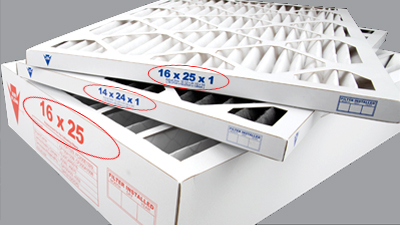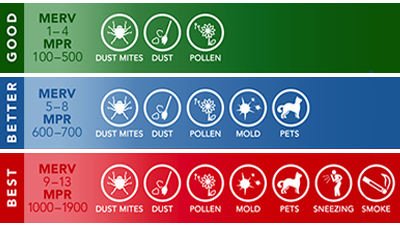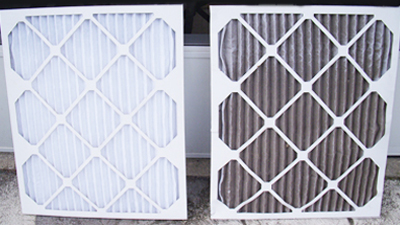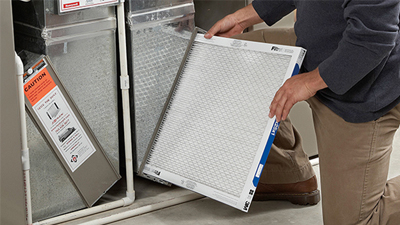The beginning of each season is a good time to remember to change the air filter in your HVAC system. Like many people, you probably don’t think much about your furnace as long as it’s doing its job and keeping you warm in the winter. The first thing to know is that it’s really important to change your furnace filter on a regular basis to help keep it working properly as well as to avoid damage or breakdowns that can occur if it isn’t replaced often enough.
You’ve probably asked yourself questions such as: What does a furnace filter do? Which one should I buy? Where does it go? When should I change it? We answer these questions below.






